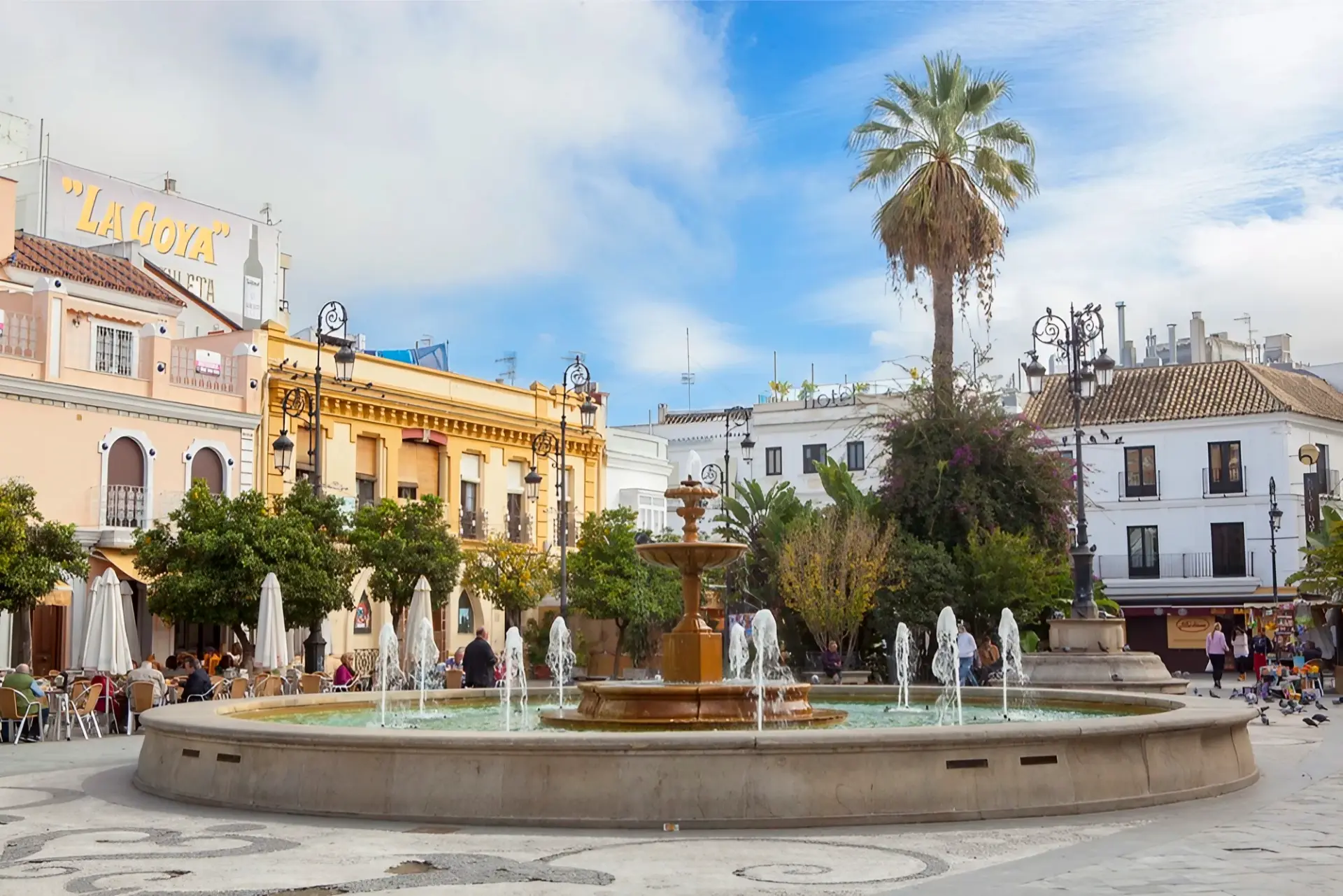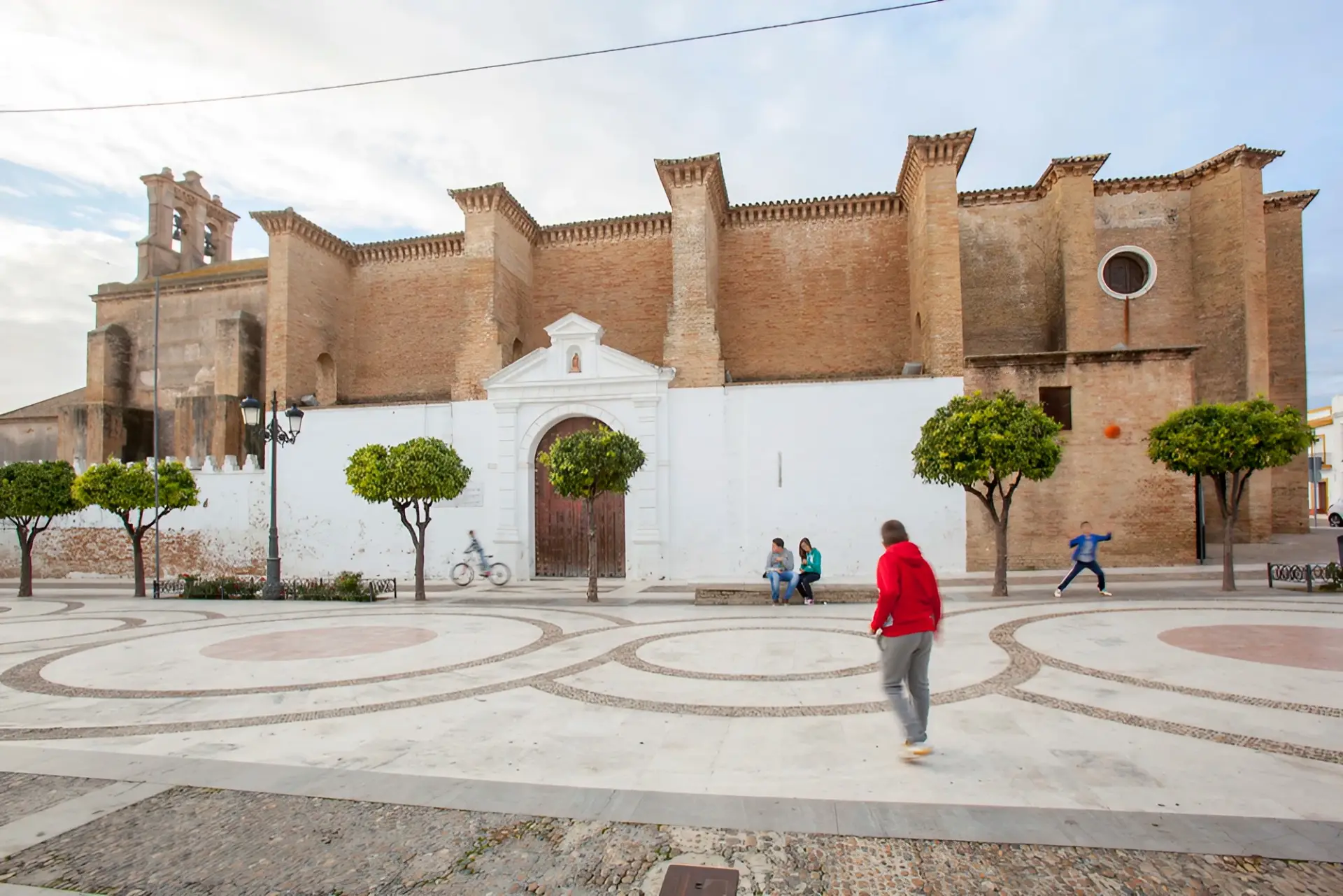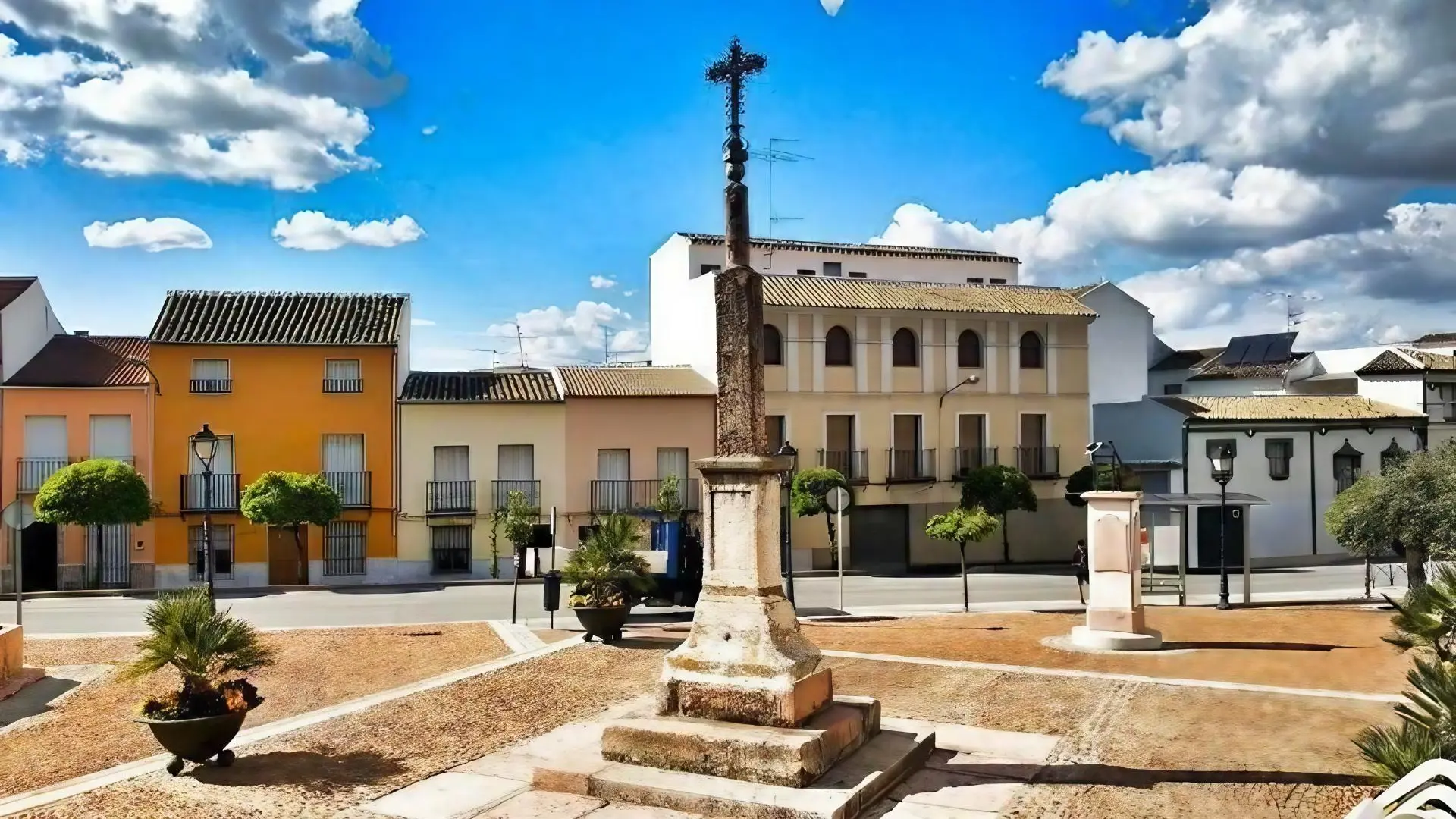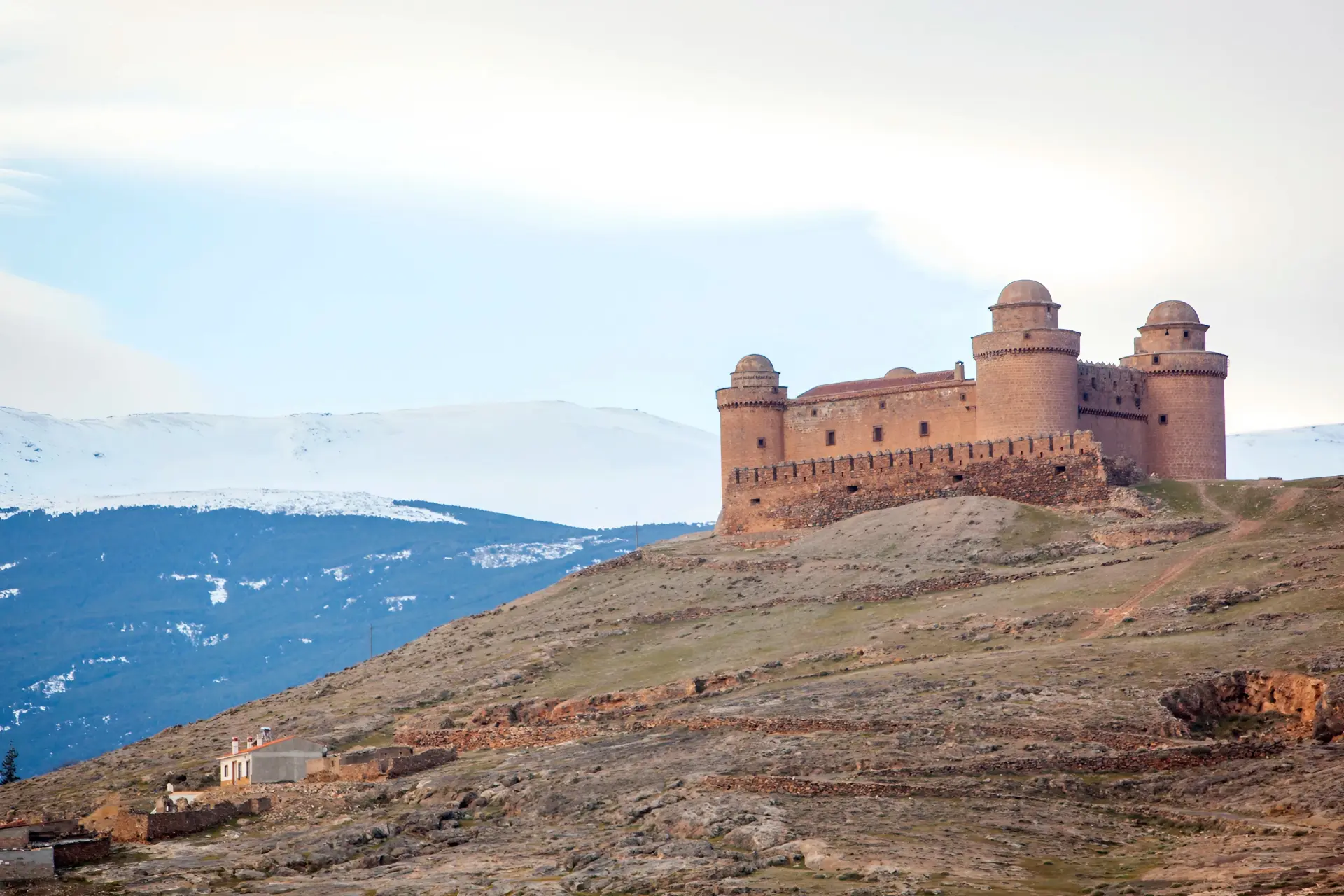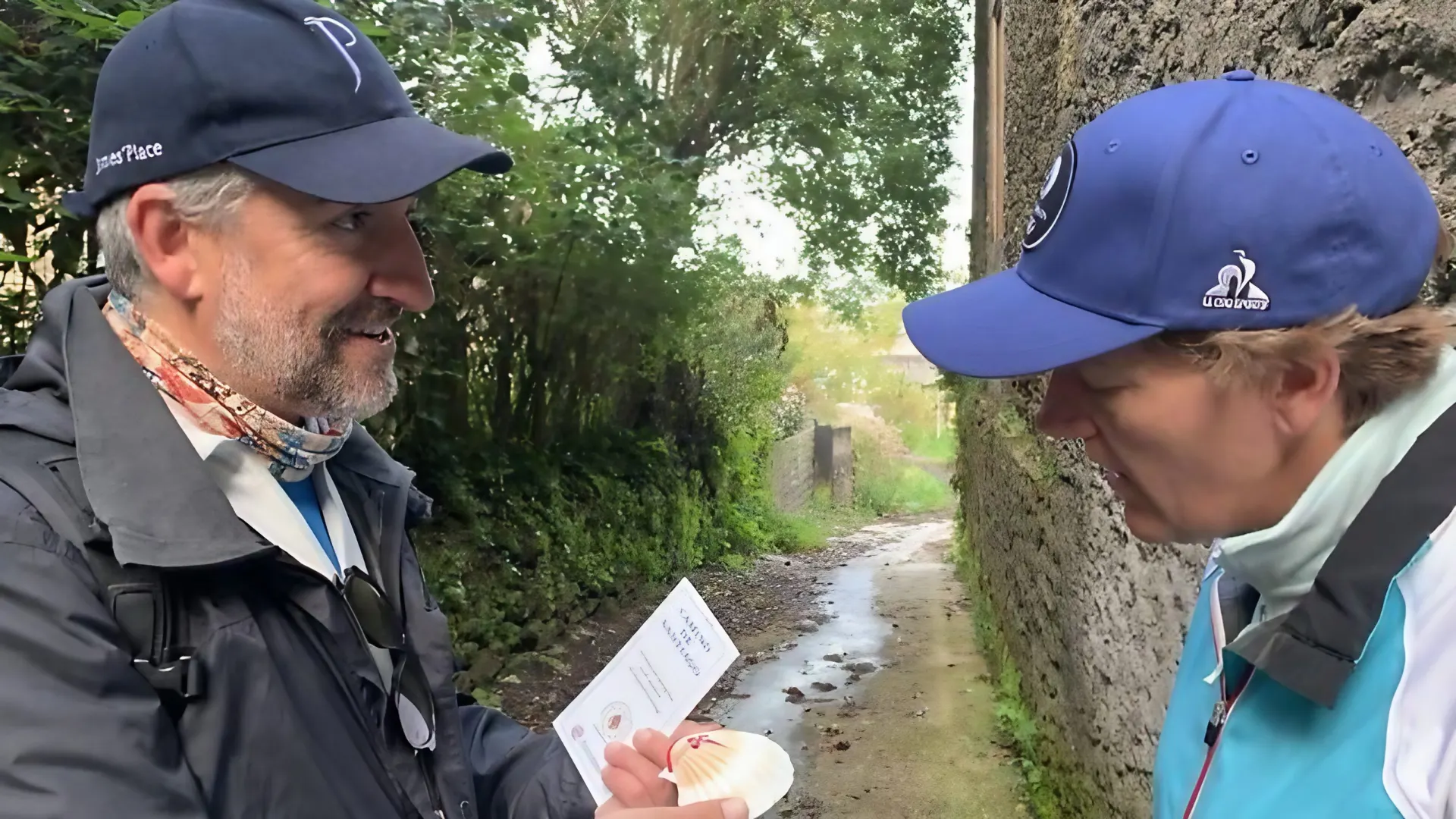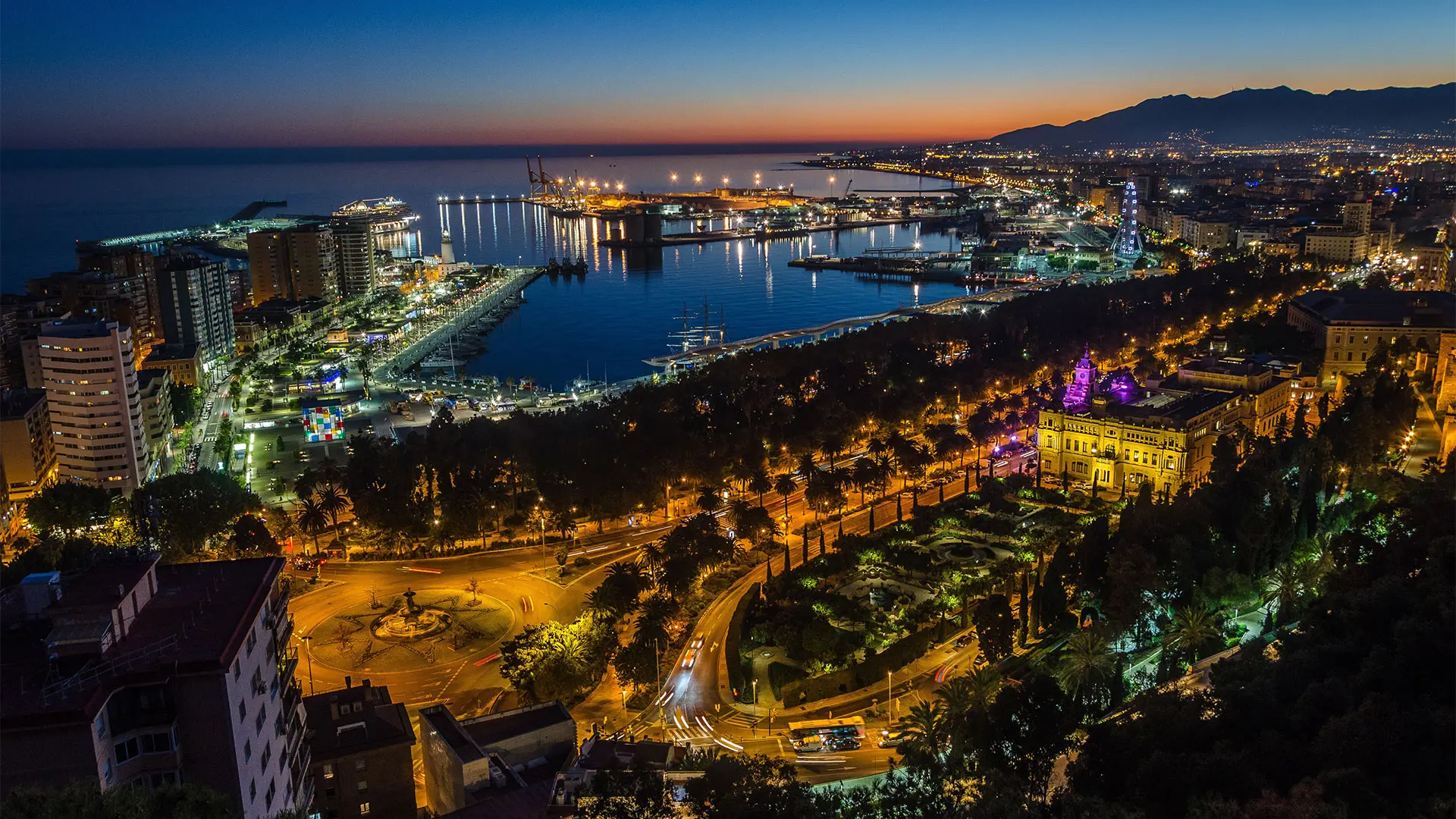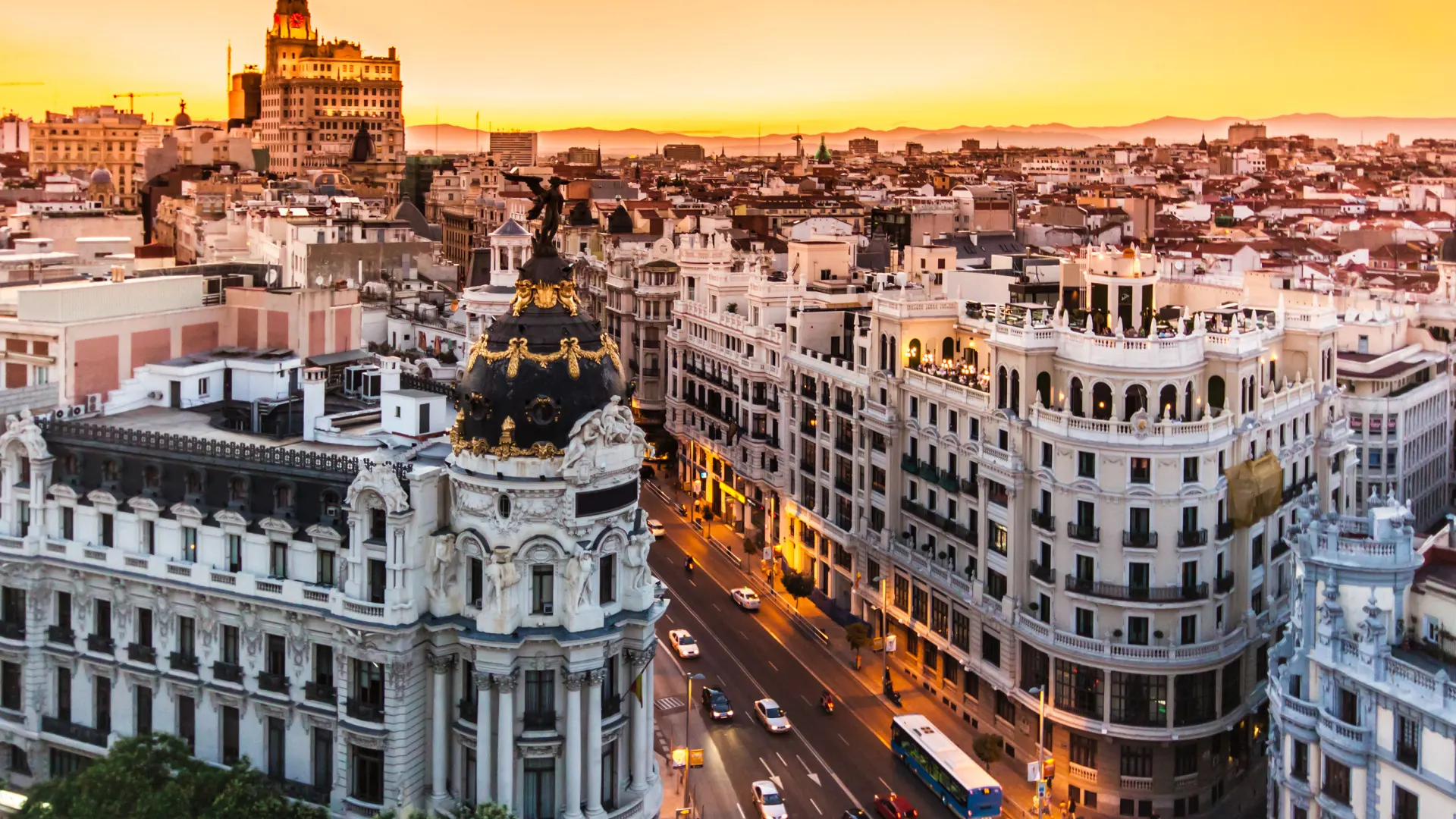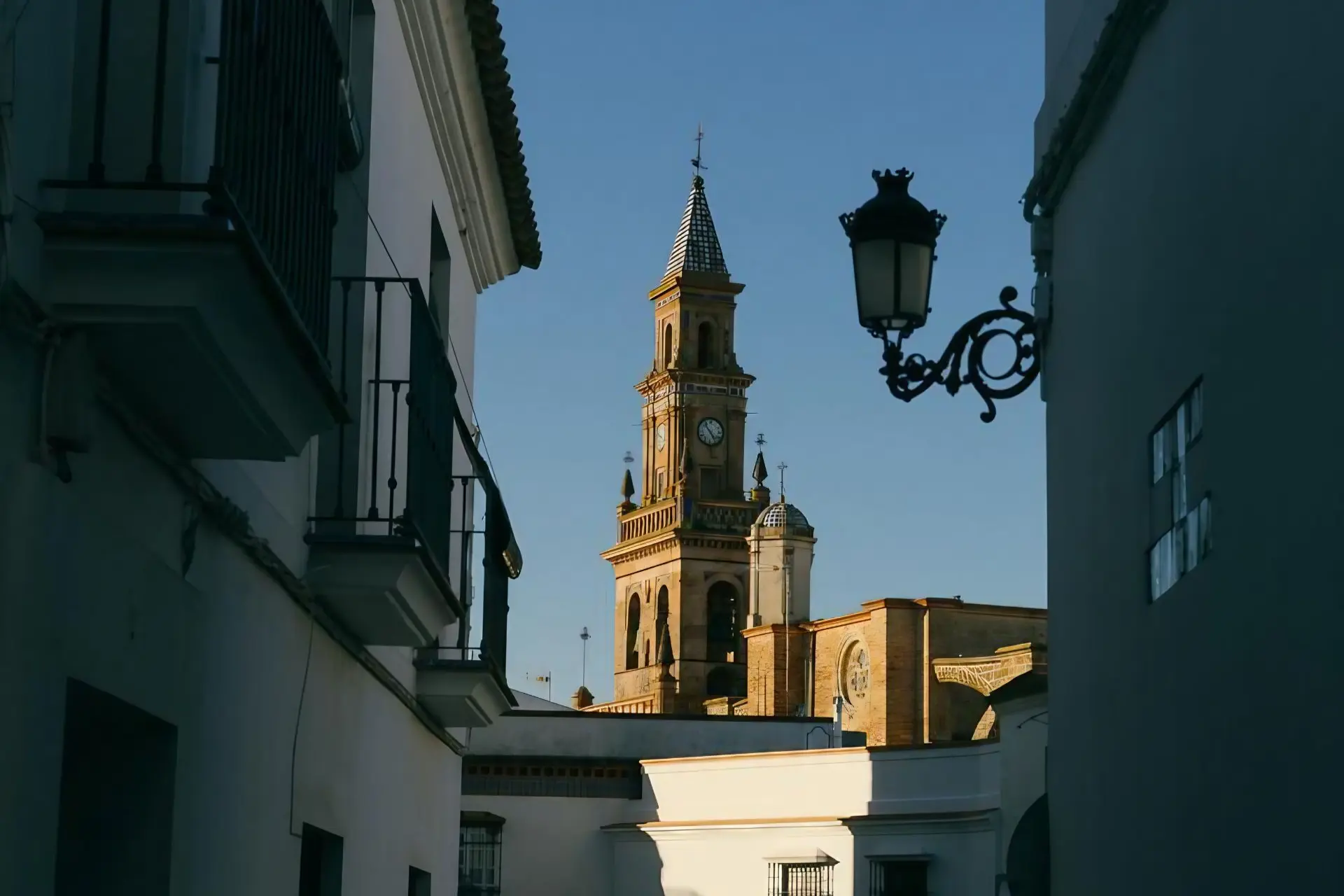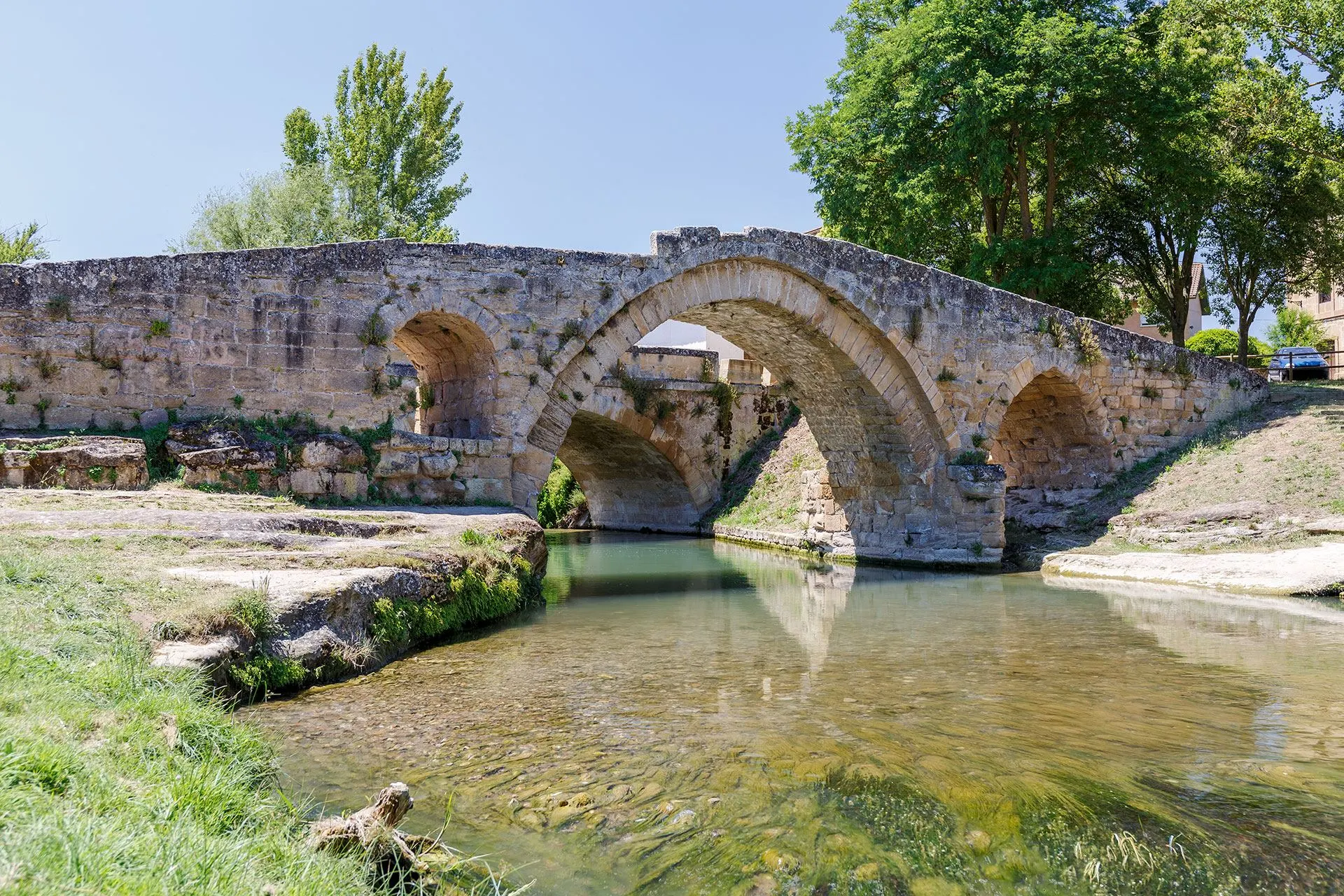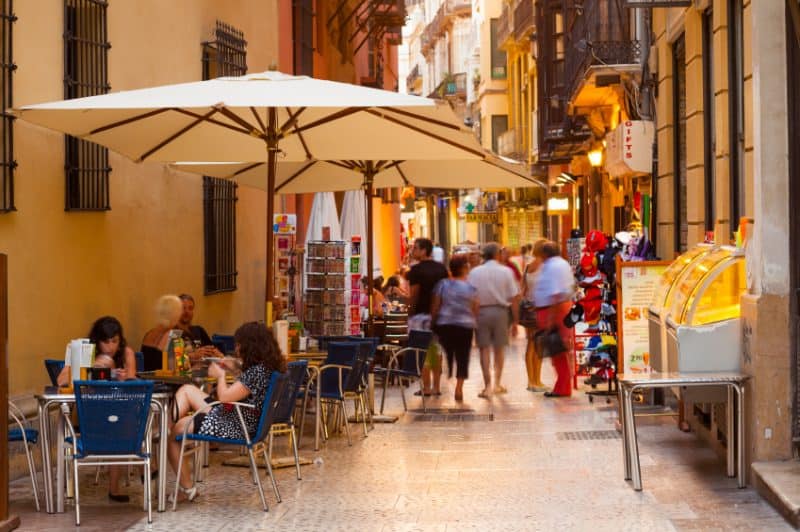
Are you about to embark on your first trip to Spain and not sure what to expect? Worried about over tipping, undertipping or when to eat and what? Here at TOMA & COE, we boast a combined total of over 50 years living in Spain between us, so we’re pretty sure we’ve got all your queries covered.
We’ve compiled a list of the 7 most common FAQs put to us by our clients, and shared our answers with you below.
1.) What time do people eat in Spain?
It might surprise you to learn that, despite their laid back reputation, most Spanish people are fairly regimented when it comes to eating times.
If you rock up to a restaurant at 6 o’clock in the evening demanding dinner you will be confronted, in most cases, with a dark kitchen and a confused waiter.
Although the more touristy bars of the big cities have adjusted their kitchen hours to accommodate peckish guiris – foreigners – you’ll still find restaurants in smaller towns baffled as to why people would choose to eat dinner in what’s perceived as late afternoon.
To avoid going hungry, it’s worth familiarising yourself with the Spanish eating times and working around them.
Below we’ll bring you up to speed on what is eaten and when.
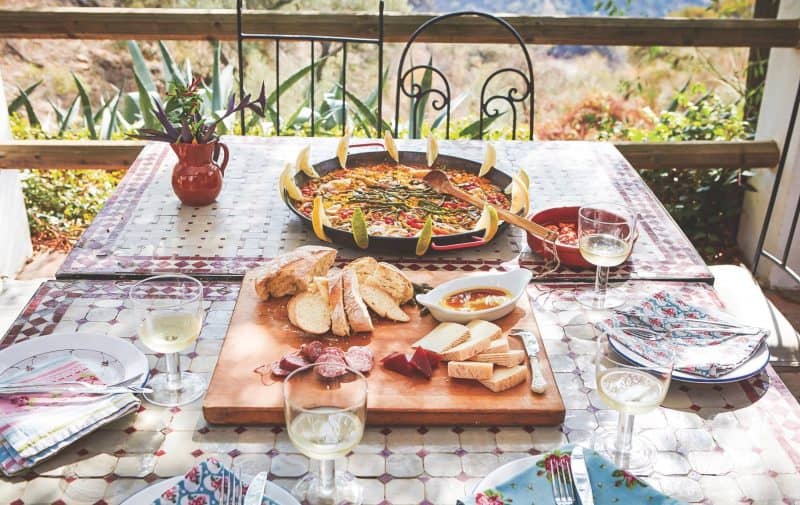
Breakfast
As with most meals in Spain, breakfast is a social affair. If you work in an office, it’s more than acceptable to down tools shortly after you’ve clocked in and head to the local cafe to read the paper or catch up with colleagues.
Breakfast is usually eaten at any time between 7.30-11.30, and consists of toasted bread – tostada – with toppings ranging from jamón serrano to grated tomatoes, all doused with lashings of olive oil, of course.
If you have a sweet tooth, you can opt to smother your toast with mermaleda – or jam. Or, if you’re feeling particularly indulgent, you could even give churros a go: deep-fried, sugar-dusted sweet treats that come served with a teacup full of melted chocolate for dipping.
What better way to start the day than with a major sugar high?

Lunch
The most important of the Spanish meals, eaten any time between 2 and 4 pm. This is your chance to eat like a king, with heavier dishes such as paella traditionally consumed in the afternoon.
It’s also customary to kick off proceedings with some tapas. These small plates of delicious tidbits are designed to whet your appetite and warm you up for the heartier dishes that follow.
Afternoon snack
Spain’s afternoon snack – the merienda – is an opportunity to meet up with friends and enjoy a coffee. This is usually accompanied by something sweet such as cake or ice-cream, and provides a pleasant way of filling the sleepy post-lunch lull between four and seven.
On the weekends, this is often followed by a refreshing copa – or mixed drink – such as gin and tonic or a cocktail.
Dinner
La cena is usually eaten between 9.00-11.00 at night, although plenty of restaurants will continue serving well past midnight.
It’s possible to eat earlier, shortly after the kitchen open at 8pm, although don’t be surprised if you find yourselves the only ones dining at this time!
Dinner is the time to eat well, but lightly, with many Spaniards choosing to share tapas or raciones amongst groups of friends. The last thing you’d want is drowsy overindulgence spoiling an evening’s socialising, especially when this is the most comfortable time of day during those sultry summer months (mosquitos aside).
Want an insider tip? Try to arrive 30 minutes before the mealtime rush (say, 1.30 at lunchtime) and you should be able to get a table at most restaurants. Staying ahead of the crowd is the way to go. Or, if in doubt, reserve a table to avoid disappointment.
Fancy familiarising yourself with some classic Spanish dishes before you hit the restaurants? Check out this blog post on our favourite Spanish tapas for inspiration.
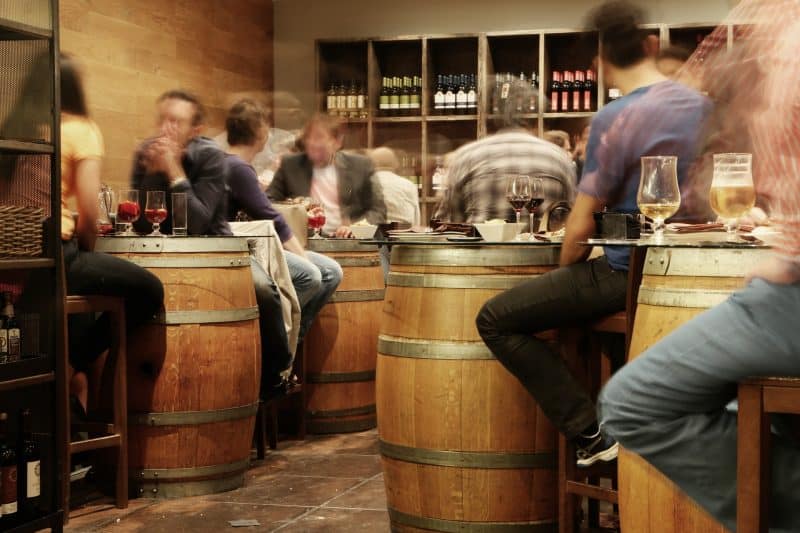
2.) Do you have to tip in Spain?
Here at TOMA & COE, we often get asked by our American clients how much to tip in Spanish restaurants.
The good news is…it’s completely up to you! It’s not mandatory to tip in Spain (although some restaurants will include a service charge in the bill) and you won’t get chased out of the restaurant by peeved waiters if you decline to leave a propina at the end of your meal.
If you are feeling generous though or you regard not tipping as just plain wrong, we’d recommend leaving 10% of the overall amount.
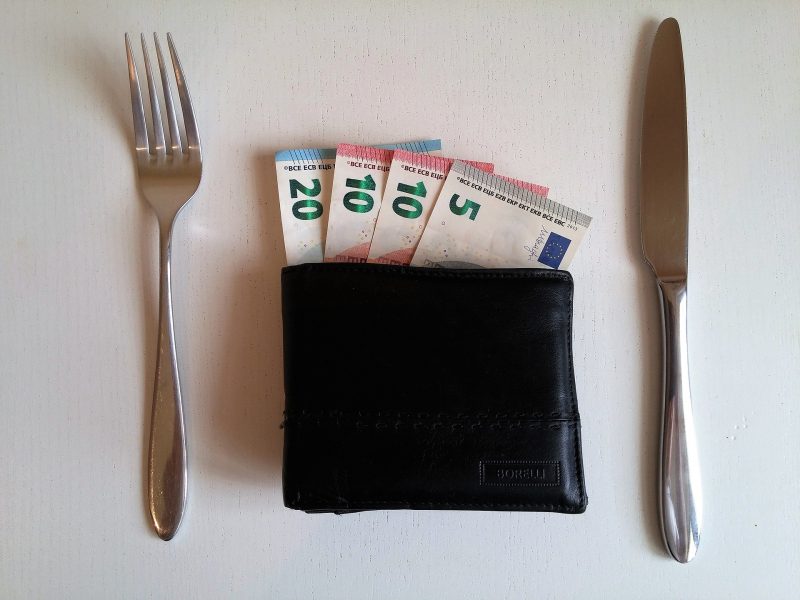
3.) Do most people speak English in Spain?
Although increasing numbers of young Spaniards are learning English these days (an intermediate level of the language is now required in order to graduate from most Spanish universities), members of the older generation may still have ni papa – no idea- what you’re on about if you attempt to address them in English.
Fortunately, Spanish people are extremely friendly and helpful, and won’t let something as minor as a language barrier impede their attempts to communicate, but it’s always advisable to learn a few key phrases before you embark on your Spanish adventure.
It’s also a good idea to install a reliable (read: not Google translate) dictionary on your phone so you can quickly check for vocabulary and phrases. Our picks would be SpanishDict or Linguee.
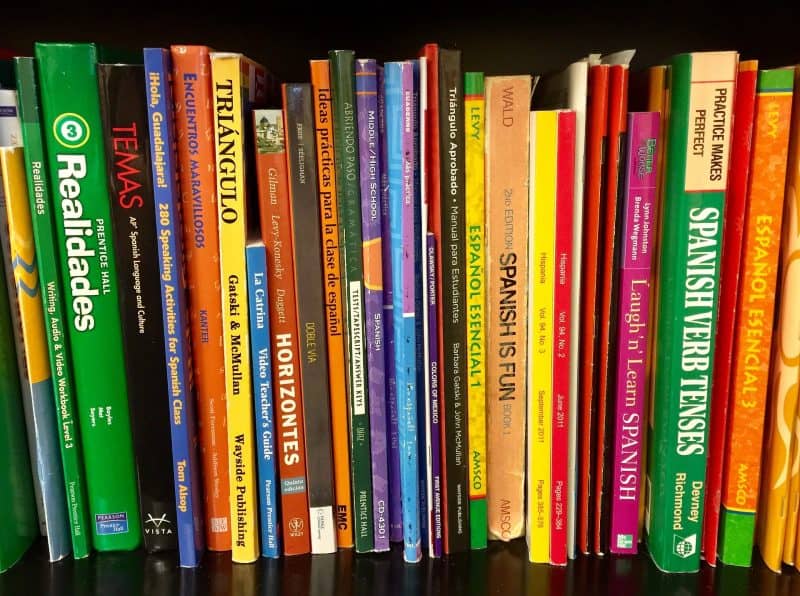
4.) Is Spain child-friendly?
If you’re travelling with young children, Spain is the country for you! Little people are a fully integrated part of Spanish society and warmly welcomed almost everywhere.
If you’ve experienced wintry customer service when attempting to dine out with kids back home, you should find Spain a pleasant surprise. Most restaurants will greet your children with open arms, and make a big fuss of them throughout your meal.
Spanish children have flexible bedtimes, especially in the summer when the coolest part of the day occurs after nightfall. Don’t be surprised if you see children asleep in buggies or playing in the town squares way past midnight, even on a school night!
If you are travelling with kids and looking for child-friendly things to do in Spain, check out this blog post for inspiration.

5.) Do shops shut on a Sunday?
Sunday continues to be regarded as a sacred day in Spain, due to its religious overtures and the fact that three-quarters of Spaniards still define themselves as Catholics.
Adherence to religious tradition means most supermarkets are not legally permitted to open on a Sunday. Although hypermarkets are now springing up in the bigger cities, which open seven days a week and provide last-minute essentials to the caught-out shopper, its best to stock up on supplies the day before.
In most cases you won’t find other shops, such as clothes boutiques and department stores, open on a Sunday either. As for banks, they close for the entire weekend so get any financial housekeeping done on a Friday: before two o’clock, of course!

6.) Is the siesta really a thing?
The siesta is real…and you’d better respect it!
Afternoon napping is somewhat of a Spanish institution, although it tends to occur with more regularity in the South of the country due to the extreme nature of the climate.
In regions such as Andalucia, there’s not much fun to be had outside on summer afternoons. That is unless you enjoy losing your own body weight in sweat and turning pinker than a cooked prawn.
Therefore the only sensible option is to pull down the shutters, crank up the air conditioning and surrender to the siesta.
You’re not obligated to sleep, of course: a lot of Spaniards use this time to simply relax or watch TV, but the downtime gives you the opportunity to recharge your batteries before the evening begins.
If you do choose to doze, the average nap lasts anything from 30 minutes to an hour. If you sleep for longer than this, you risk waking up feeling groggy and disorientated, especially if your lunchtime paella was washed down with a few beers!
To accommodate for the post-lunch siesta, most shops will shut between the hours of two and five, especially in the South. It’s not just during the summer months either; many businesses will honour the siesta all year round.
Our advice? If you can’t beat them, join them!

7.) When’s the best time to visit Spain?
Contrary to popular belief, there are better times to visit some parts of Spain than the summer.
Inland cities from Córdoba to Madrid suffer from debilitatingly high temperatures at this time of year, with their afternoon streets often resembling something from a post-apocalyptic dystopia: shuttered shop fronts, eerie silence, and not a soul in sight save for the occasional tourist.
With temperatures in these locations often soaring to the staggering heights of 45 degrees Celsius, locals in the know embark on a mass exodus in the hotter months, leaving ghost towns in their wake.
Last year, record temperatures in Spain caused catastrophe, claiming the lives of 8 people during a particularly brutal August heatwave.
Many cities also suffer from a lack of public pools, due to space restrictions, so unless your accommodation comes with its own body of water, be prepared to sweat – unless you fancy indulging in some wild swimming, that is.
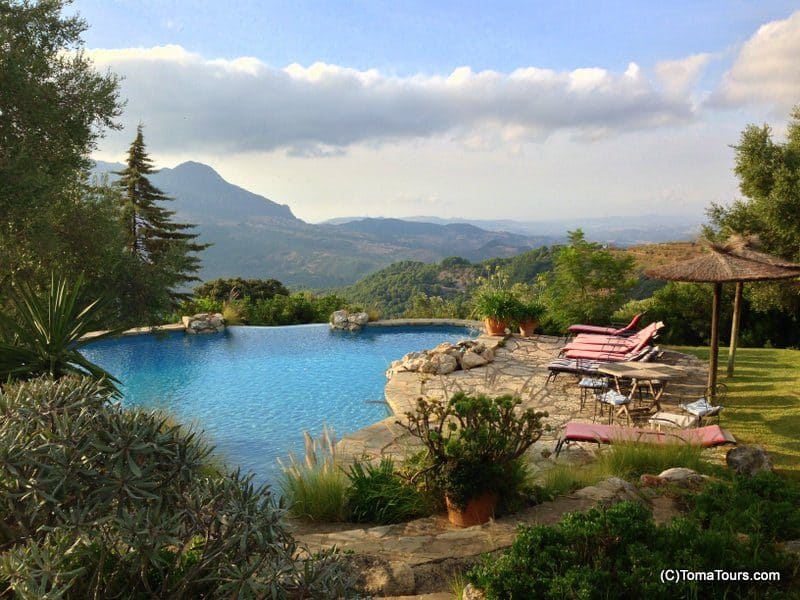
If you wish to visit cities such as Seville, Granada and Madrid in more comfortable conditions, the months of May and October are a good option.
Not only will life have returned to the cities, but the temperatures will have cooled considerably while still remaining pleasantly warm. This will mean you’ll have more energy to get out and explore, either by visiting surrounding villages or embarking on more unusual adventures.
However, if work and family commitments won’t permit you the luxury of travelling out of season, your best bet is to stick to the coast in the summer. Here you’ll benefit from cool ocean breezes and only ever find yourself staggering distance from a refreshing dip.
If you’re worried about overcrowded tourist resorts, the good news is there are plenty of lovely coastal towns dotted around Spain and away from the masses.
In Andalucia, the stunning, blue flag beaches of Almeria’s expansive natural parkland are a fantastic spot to spend a beach break. Tucked away beaches such as Playa de Los Muertos are mostly frequented by Spanish families, providing you with a glimpse of authentic Spain.
Alternatively, the region of Cadiz is also spoilt for sea and sand. Check out the stunning coves of Las Calas de Roche, or the dramatic, sweeping bay of Playa Bolonia.
Alternatively, in the North, Asturias and the Basque Country have plenty of beautiful beaches to offer visitors during their summer holidays.
These include the vibrant city of San Sebastian with its curving bay – La Concha – and emerald waters, or hidden gems such as the peaceful Playa de Silencio in Asturias. For a comprehensive rundown of the region’s top playas, check out this article.

Got any more questions about Spain that we haven’t answered here? Drop us a line at info@tomaandcoe.com or reach out on our Facebook page and we’d be happy to help!

